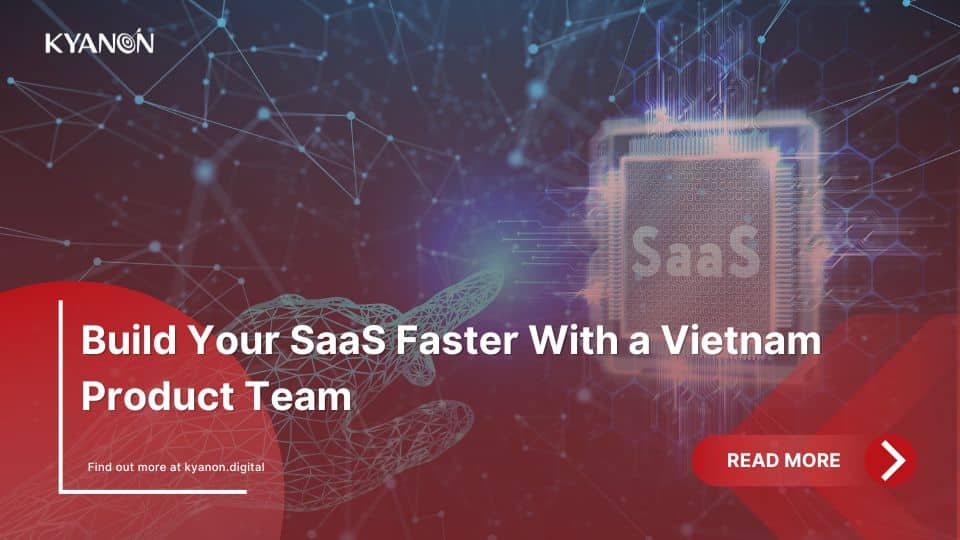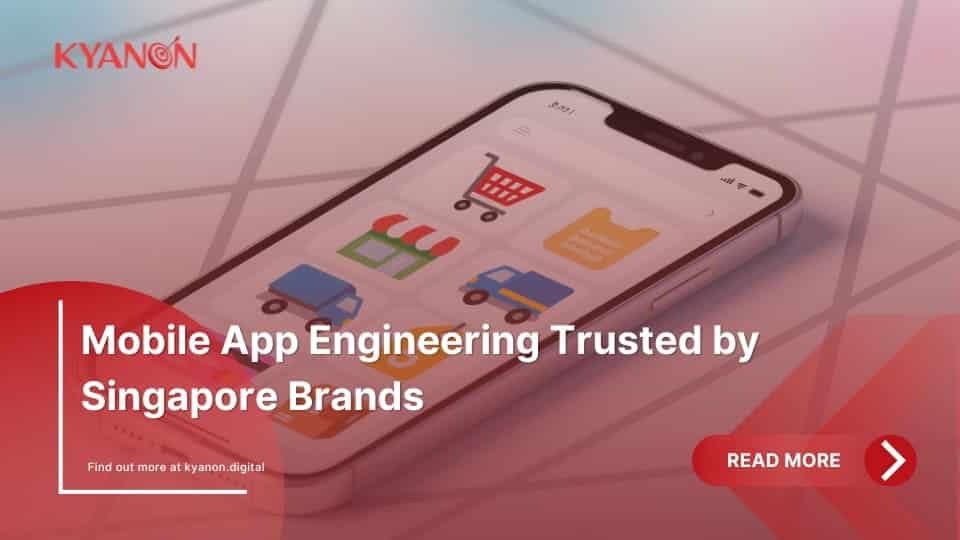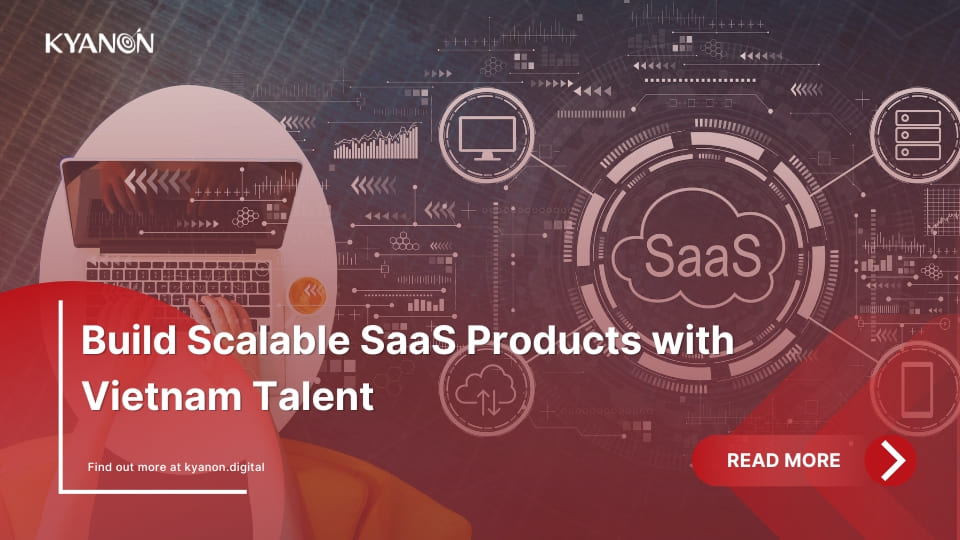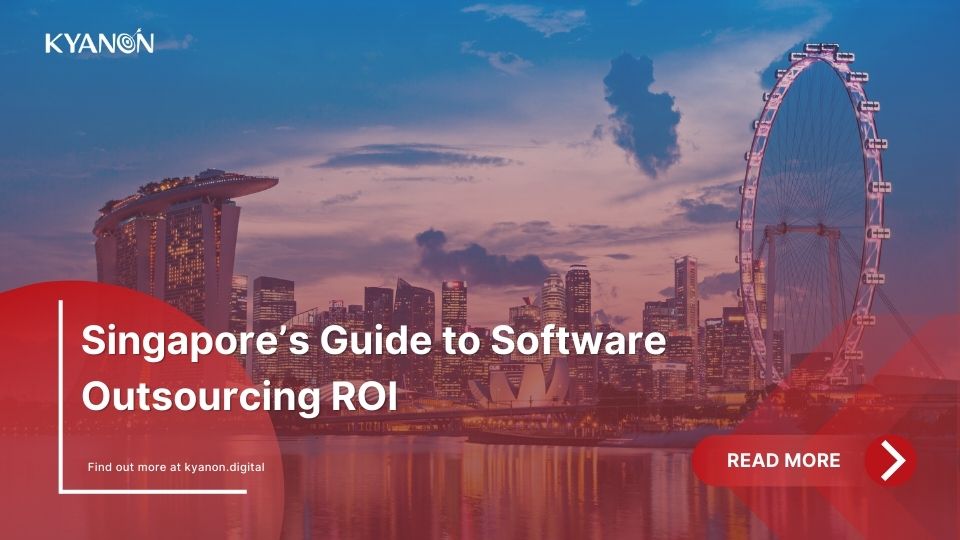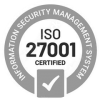Image Analysis Software
Development Services
Kyanon Digital has been empowering businesses and product companies with cutting-edge image analysis software to drive efficiency and gain a competitive edge. Our expertise in computer vision, AI, and digital image processing enables us to develop solutions that accurately process, interpret, and extract valuable insights from images. By leveraging advanced digital processing techniques, we help businesses enhance accuracy, reduce costs, and unlock new opportunities across various industries.
13 YEARS
in Agile Engineering & Software Development
500+
Consultants & Engineers
5
Global Offices
100+
Clients, including Fortune 500
Our Awards & Recognitions
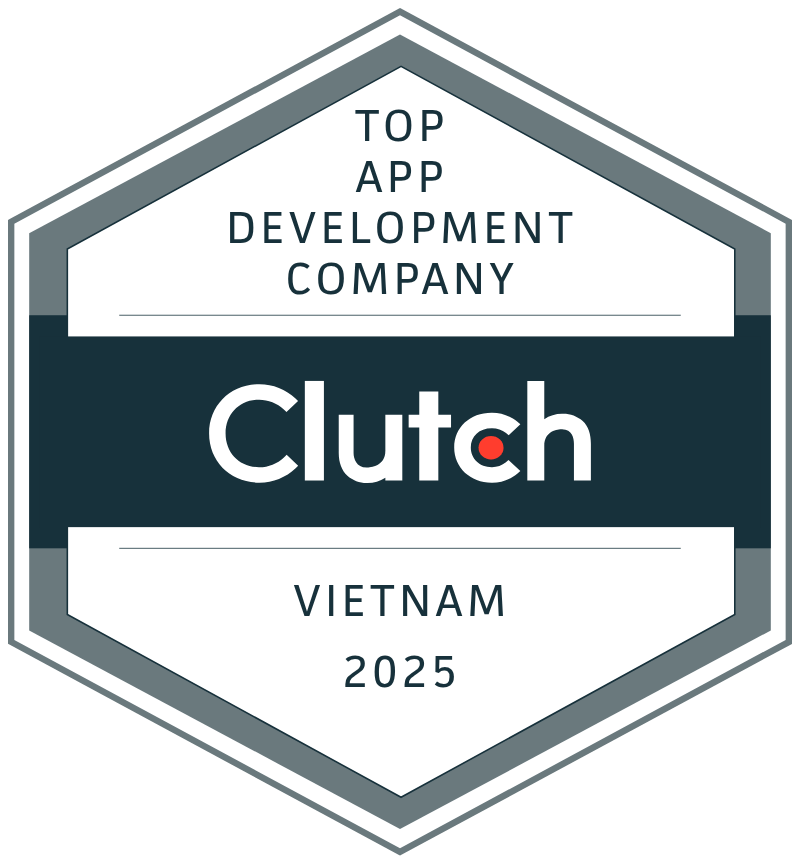
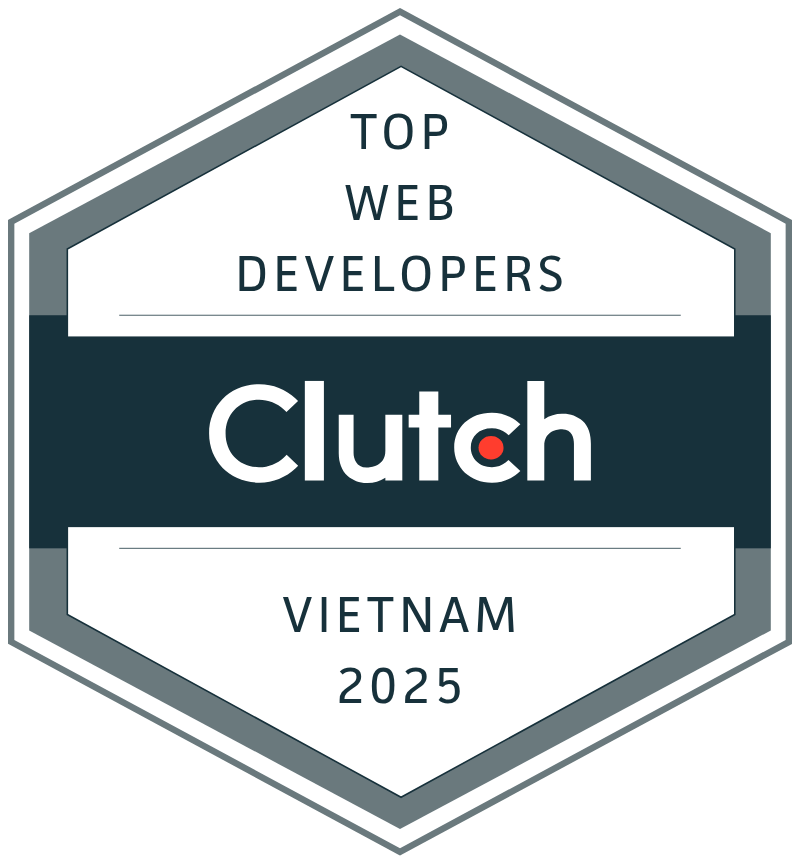
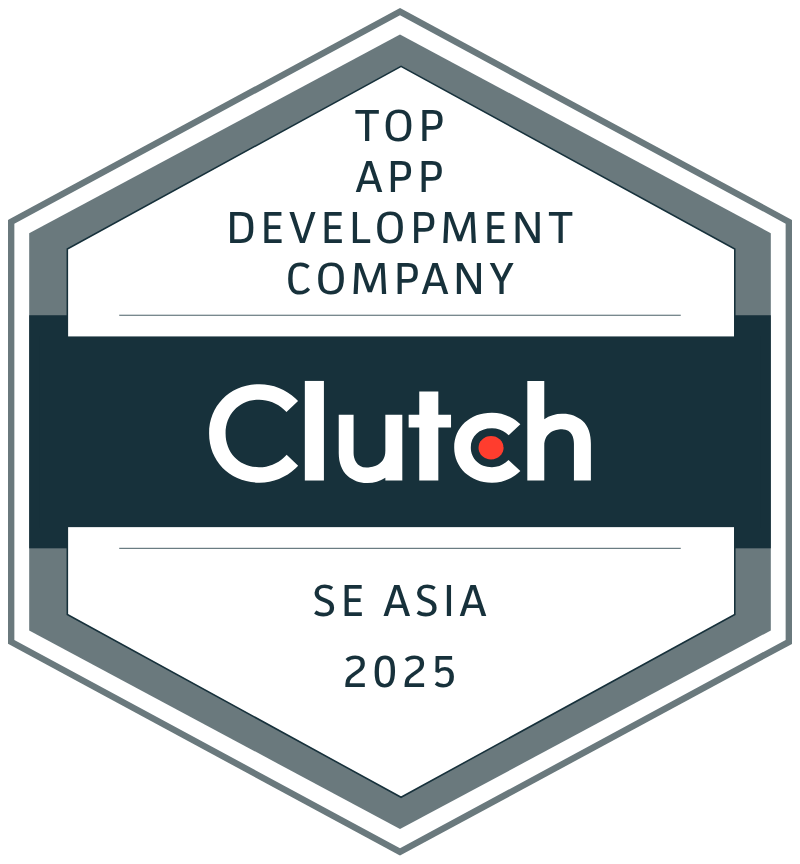
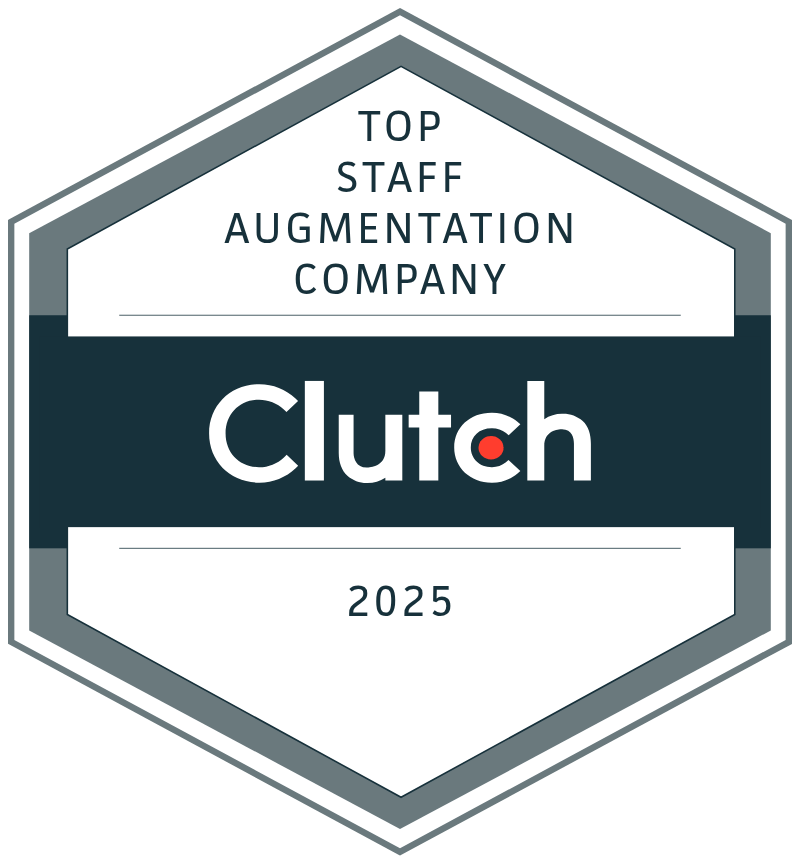
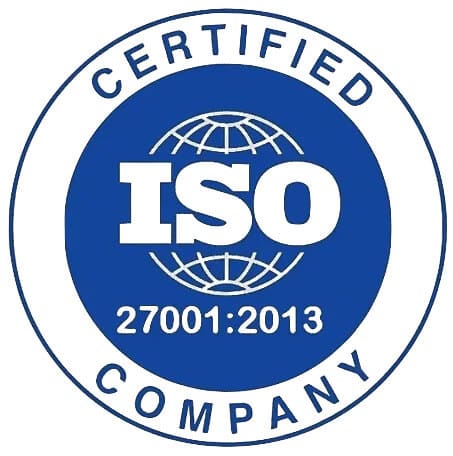
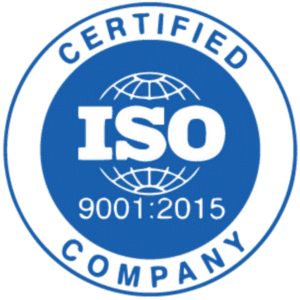

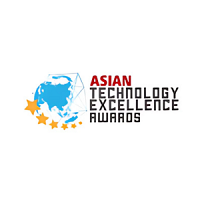


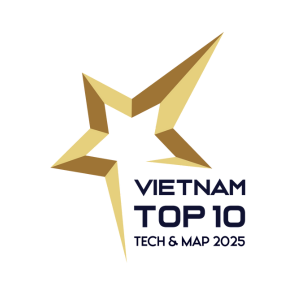
Quality-first approach based on a mature ISO 9001-certified quality management system.
ISO 27001-certified security management that relies on comprehensive policies and processes, advanced security technology, and skilled professionals.
A full-scale PMO able to carry out even the most complex projects.
A leading outsourcing provider featured on the Clutch for three years in a row.
We are trusted by Fortune 500 companies



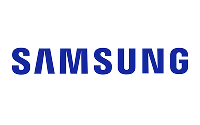
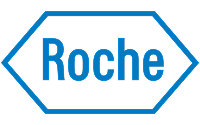
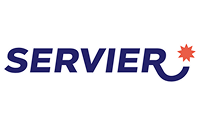

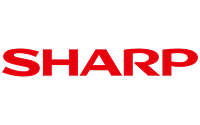
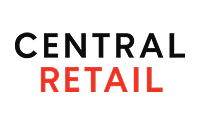
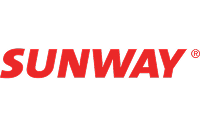
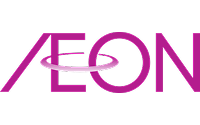

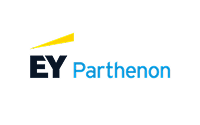

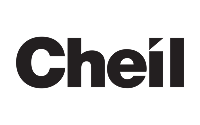
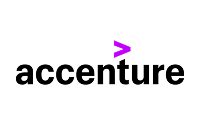
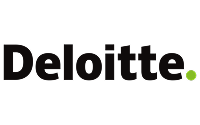
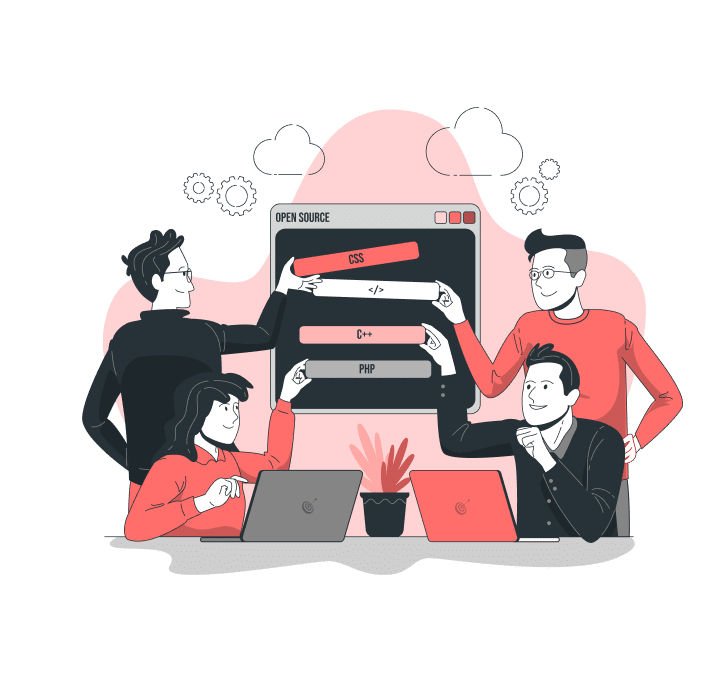
What makes Kyanon Digital different ?
Human-Centric Design, Engineering Excellence, Empowered by Agility
Human-Centric Design:
We design solutions that are intuitive, impactful, and crafted to solve real-world challenges while enhancing user experiences.
Engineering Excellence:
With our Center of Excellence (CoE) driving innovation, we deliver scalable, reliable, and future-ready digital solutions.
High-performance Agile Teams:
Our expert teams seamlessly integrate with yours, combining technical expertise, agile mastery, and transparent collaboration to deliver adaptable, high-impact results.
Why Are Companies Choosing Computer Vision?
Companies are embracing computer vision to automate processes, improve decision-making, and unlock new business opportunities. Here’s why it’s becoming a game-changer:
Key Benefits of Computer Vison
Automation & Efficiency
Reduces manual work in industries like manufacturing (defect detection), retail (self-checkout systems), and healthcare (medical imaging analysis).
Improved Accuracy
AI-powered image analysis minimizes human errors in quality control, facial recognition, and diagnostics.
Cost Reduction
Automating visual tasks cuts labor costs and improves operational efficiency, making it ideal for smart factories and logistics.
Real-Time Insights
Enables instant decision-making in autonomous vehicles (object detection), security (fraud prevention), and sports analytics.
Scalability & Flexibility
Easily integrates into existing systems, adapts to various industries, and evolves with AI advancements.
By leveraging computer vision, businesses can streamline operations, enhance customer experiences, and drive innovation. Want to explore how it can benefit your company?
Kyanon Digital’s Computer Vision Application Service Offerings
Facial recognition
Recognizing an individual’s face to offer personalized services, enhance security, and detect unauthorized access or suspicious individuals.
Emotion recognition
Identifying customer emotions and satisfaction levels to enhance experiences, improve service quality, and personalize interactions.
Grading and sorting
Object quality analysis for streamlined classifying and sorting.
Quality control (QC)
Inspecting for surface defects, foreign materials, discoloration, missing components, and other quality issues to ensure accuracy and compliance.
Counting
Utilizing an optical system to accurately count identical objects in real time on production lines or within warehouses, improving efficiency and inventory management.
Computer-aided diagnosis
Analyzing medical images from X-rays, MRIs, CT scans, and ultrasounds using advanced AI and computer vision to detect abnormalities, enhance diagnostic accuracy, and support healthcare decision-making.
Damage assessment
Detecting and analyzing damage in electronic devices, vehicles, and machinery using AI-powered image recognition for accurate diagnostics and maintenance.
3D reconstruction
Generating detailed 3D models from 2D images using advanced image processing and AI, enabling accurate visualization for medical diagnostics, manufacturing, and design.
Optical character recognition
Extracting and interpreting printed or handwritten text and number sequences using optical character recognition (OCR) and AI-powered image processing for accurate data digitization and automation.
Event detection
Detecting unusual activities, identifying security threats, and monitoring crowd movement by analyzing both live and recorded video footage. This enhances surveillance, ensures safety, and enables automated people counting for improved decision-making.
Organizing visual information
Organizing and categorizing large volumes of visual data using AI-driven image recognition and metadata tagging, enabling efficient search, retrieval, and analysis for enhanced decision-making.
Let Computer Vision Experts Bring Your Vision to Life
Tell us about your goals, challenges, and requirements, our team will respond swiftly with tailored insights, expert recommendations, and a strategic action plan to move forward.
What are the key factors to consider when developing Computer Vision solutions?
As businesses increasingly adopt computer vision to automate processes, enhance security, and drive innovation, it’s crucial to understand the key factors that impact the success of these AI-powered solutions. Here are the essential considerations when developing a computer vision application:
Data Quality & Quantity
- The accuracy of a computer vision model heavily depends on the quality and quantity of training data.
- Large, diverse datasets help improve model accuracy and reduce biases.
- Data augmentation techniques can be used to enhance training datasets by introducing variations like rotation, scaling, and contrast adjustments.
Algorithm Selection
- Different use cases require different models, such as Convolutional Neural Networks (CNNs), R-CNNs, YOLO (You Only Look Once), and Fast R-CNN.
- For example, facial recognition applications often use deep learning models like FaceNet or OpenFace, while object detection tasks may benefit from YOLO or SSD architectures
Data Preprocessing & Annotation
- Image datasets must be cleaned, labeled, and preprocessed before training.
- Techniques such as image segmentation, noise reduction, and feature extraction can improve model performance.
- The quality of labeled data significantly impacts the accuracy of the model, so high-quality annotation is essential.
Computational Requirements & Hardware Selection
- Computer vision models, particularly convolutional neural networks (CNNs), require substantial computing power.
- Businesses must choose between on-premise servers, cloud-based solutions, or edge computing based on processing needs and latency requirements.
- For real-time applications (e.g., self-driving cars, security cameras), edge computing is often preferred for faster decision-making.
Real-Time Processing & Performance Optimization
- Applications like autonomous vehicles, medical imaging, and facial recognition require fast, real-time image analysis.
- Optimizing models using techniques like quantization, model pruning, and hardware acceleration (GPUs, TPUs) ensures efficient processing.
Scalability & Deployment
- Computer vision solutions should be scalable to handle increasing volumes of data as businesses grow.
- Cloud-based solutions provide scalability, while on-premises solutions offer more control over security and data privacy.
- Deployment methods like containerization (Docker, Kubernetes) help ensure flexibility and easier maintenance.
Data Security & Compliance
- Data privacy regulations like GDPR, CCPA, and HIPAA must be considered when handling personal data, especially for applications involving facial recognition or biometric authentication.
- Implementing robust security measures, such as end-to-end encryption, access control, and secure cloud storage, is essential to protect sensitive user data.
Integration with Existing Systems
- A well-designed computer vision solution should integrate seamlessly with ERP, CRM, IoT platforms, and third-party applications.
- APIs and software development kits (SDKs) can help streamline the integration process and enhance system interoperability.
Scalability & Infrastructure
- The solution should be able to handle increasing data volumes and adapt to business growth.
- Cloud-based solutions offer flexibility, while edge computing helps optimize real-time processing for applications like smart surveillance and industrial automation.
Continuous Improvement & Model Updating
- Fine-tuning and retraining models are essential for long-term accuracy.
- Implementing an automated machine learning (AutoML) pipeline can help continuously optimize performance.
- Regular evaluation and monitoring help detect biases, drift, and anomalies in the model’s predictions.
Developing a successful computer vision solution requires careful consideration of data quality, computational resources, security, and scalability. By investing in robust data governance, model optimization, and compliance measures, businesses can unlock the full potential of computer vision and gain a significant competitive edge.
Kyanon Digital’s Approach to Scalable Computer Vision Software Development
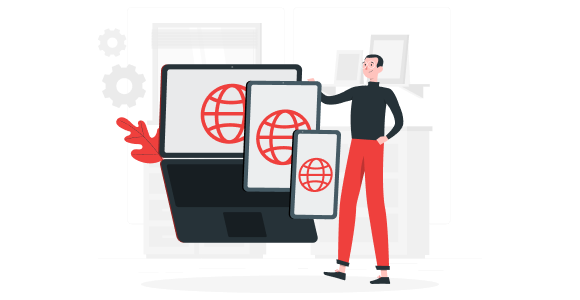
Rule-Based Approach in Computer Vision
A rule-based approach is an effective solution for processing a small amount of visual data with low variability. It follows predefined rules and logic to analyze images, making it suitable for specific, well-defined tasks.
- High accuracy within a narrow domain
- No need for large datasets
- Easy validation & debugging
- Explainability
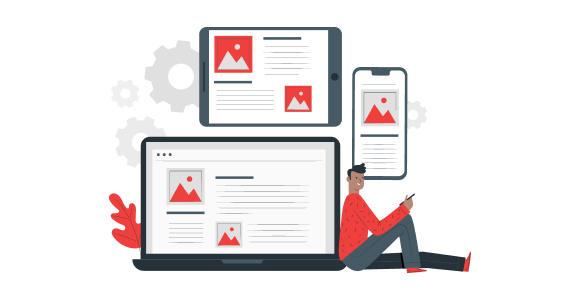
Machine learning approach
When working with large volumes of unstructured data, an AI-driven approach is often the best choice. Unlike rule-based systems, AI models can adapt to complexity and learn from data without requiring explicitly defined rules.
- Handles complex objects and tasks effectively
- Does not require explicit programming
- Scalable for growing datasets
- Reduces long-term operational costs
Software development process
STEP 01
Solution Design
- Define how image analysis technology can address specific business challenges.
- Translate high-level business needs into software features, ensuring optimal image quality and recognition accuracy.
STEP 02
Business Case Development
- Evaluate solution alternatives and provide business case calculations, including ROI and TCO analysis.
STEP 03
Software Architecture Design & Optimization
- Develop a robust software architecture considering factors that impact performance.
- Enhance and optimize existing image analysis system architecture.
STEP 04
Implementation Strategy Selection
- Integrate and customize third-party computer vision APIs.
- Develop proprietary ML-powered image analysis technology from scratch.
- Utilize cloud-based solutions for scalability and efficiency.
STEP 05
Implementation Planning
- Create a comprehensive development roadmap.
- Define milestones, select the technology stack, allocate resources, and establish integration strategies.
STEP 06
Proof of Concept (PoC) & Prototyping (if needed)
- Validate feasibility, refine functionalities, and assess technical performance before full-scale development.
STEP 07
Software Development & Integration
- Develop and integrate the image analysis solution with hardware, third-party applications, and IoT devices (e.g., sensors, cameras, controllers).
STEP 08
Quality Assurance
- Conduct rigorous manual and automated testing to ensure high accuracy, security, and performance.
STEP 09
Ongoing Maintenance & Support
- Provide continuous updates, bug fixes, performance optimizations, and adaptability to evolving business needs and hardware advancements.
Pricing Model
Kyanon Digital provides flexible Pricing models for Computer Vision Development and Post Production Support & Maintenance
Computer Vision Development Pricing Models
Best For
- Businesses needing ongoing maintenance, security, and updates
- SaaS, fintech, and cloud applications
- Companies with occasional support needs
- Best for minor bug fixes, security patches, and system optimizations.
- Long-term projects requiring continuous updates and feature expansion
- Enterprise solutions, large-scale cloud applications.
Cost Structure
Fixed upfront cost with milestone payments.
Hourly or daily rates based on actual work completed.
Flexibility
Low – Changes require contract adjustments.
High – Adjust scope and team size as needed
High – Direct control over team priorities.
Cost Structure
Fixed upfront cost with milestone payments.
Hourly or daily rates based on actual work completed.
Monthly retainer for a team with dedicated resources.
Flexibility
Low – Changes require contract adjustments.
High – Adjust scope and team size as needed
High – Direct control over team priorities.
Risk Allocation
Vendor assumes most risk – delays or overruns are absorbed
Shared – Client pays for actual effort; vendor ensures efficiency
Client takes most of the risk but gains deep expertise and retention
Time-to-Market
Faster – Predefined scope ensures timely delivery.
Moderate – Agile approach may extend delivery but ensures adaptability
Longer – Best suited for continuous product development
Client Involvement
Low – Suitable for hands-off management
Medium – Regular client input needed for prioritization
High – Client directly manages or collaborates with the team
Scalability
Low – Fixed contract limits major expansions
High – Easily scales up or down based on workload
Very High – Dedicated team ensures seamless scaling over time.
Support & Maintenance Pricing Models
Best For
- Businesses needing ongoing maintenance, security, and updates
- SaaS, fintech, and cloud applications
- Companies with occasional support needs
- Best for minor bug fixes, security patches, and system optimizations.
- Long-term projects requiring continuous updates and feature expansion
- Enterprise solutions, large-scale cloud applications.
Cost Structure
Fixed upfront cost with milestone payments.
Hourly or daily rates based on actual work completed.
Flexibility
Low – Changes require contract adjustments.
High – Adjust scope and team size as needed
High – Direct control over team priorities.
Cost Structure
Fixed upfront cost with milestone payments.
Hourly or daily rates based on actual work completed.
Monthly retainer for a team with dedicated resources.
Flexibility
Low – Changes require contract adjustments.
High – Adjust scope and team size as needed
High – Direct control over team priorities.
Risk Allocation
Vendor assumes most risk – delays or overruns are absorbed
Shared – Client pays for actual effort; vendor ensures efficiency
Client takes most of the risk but gains deep expertise and retention
Time-to-Market
Faster – Predefined scope ensures timely delivery.
Moderate – Agile approach may extend delivery but ensures adaptability
Longer – Best suited for continuous product development
Client Involvement
Low – Suitable for hands-off management
Medium – Regular client input needed for prioritization
High – Client directly manages or collaborates with the team
Scalability
Low – Fixed contract limits major expansions
High – Easily scales up or down based on workload
Very High – Dedicated team ensures seamless scaling over time.
Our Tech Stacks
Programming languages
Libraries and frameworks
Databases / data storages
SQL
NoSQL
Cloud databases, warehouses, and storage
AWS
Azure
Google Cloud Platform
Other
Clouds
Cloud services
Boost Software Value with Advanced Technologies
Looking to outpace competitors, adopt innovative business models, or unlock higher revenue streams? Kyanon Digital is here to help you design and develop future-ready software powered by the latest technologies.
Enhance everyday experiences by integrating AI to make activities safer, more efficient, and engaging.
SELECTED AI TECHNOLOGIES WE MASTER:
- Machine learning
- Computer vision
- Natural language processing
- Generative AI
Enhance everyday experiences by integrating AI to make activities safer, more efficient, and engaging.
SERVICES WE OFFER:
Harness the power of advanced analytics to aggregate, process, and analyze vast data volumes for actionable insights.
SERVICES WE OFFER:
Connect the digital and physical worlds with IoT solutions that simplify operations and unlock new opportunities.
SERVICES WE OFFER:
Merge physical and digital environments to deliver immersive and intuitive experiences, making everyday interactions more seamless and engaging.
SERVICES WE OFFER:
Our Outsourcing Insights
FAQ
Key factors include data quality, model accuracy, scalability, hardware requirements, real-time processing needs, and integration with existing systems. Choosing the right approach, rule-based, AI-driven, or hybrid, is also crucial.
Costs vary based on project complexity, data requirements, custom AI model development, integration needs, and infrastructure. A simple solution may cost $30,000+, while enterprise-grade systems with advanced AI can go up to millions.
Accuracy is improved through high-quality training data, continuous model fine-tuning, and rigorous testing. Security is ensured by implementing encryption, access controls, and compliance with industry regulations.
Your vendor will recommend the best methodology based on your project. At Kyanon Digital, we typically:
- Use Agile (Scrum, Kanban, XP) for fast releases and adaptability.
- Opt for Waterfall for fixed budgets, timelines, or industry regulation requirements.
- Employ an Iterative model for a balance between flexibility and predictability.
Kyanon Digital is a trusted partner in Computer Vision development, with a team dedicated to delivering measurable value.
Our commitment to client satisfaction is reflected in our long-term partnerships, with a significant portion of our revenue coming from customers who’ve stayed with us for over two years.
Need a Consultation?
Get in touch instantly
